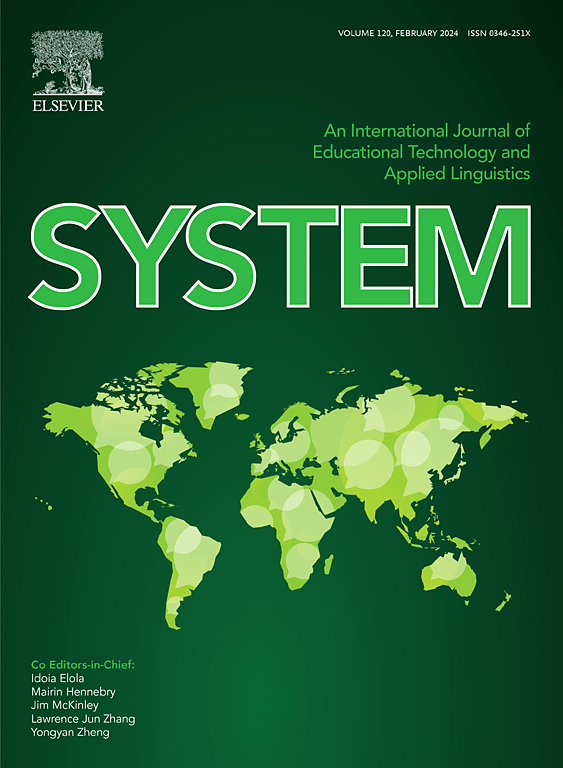LAPTM4B as a key regulator in the copper-induced endoplasmic reticulum–lysosome interplay disorder in duck liver and the protective role of baicalin
IF 6.5
1区 农林科学
Q1 Agricultural and Biological Sciences
引用次数: 0
Abstract
Copper (Cu) is a pervasive environmental pollutant with significant hepatotoxic effects in animals. The endoplasmic reticulum (ER) interacts closely with lysosomes to maintain intracellular homeostasis. However, the role and mechanism of ER-lysosome crosstalk in Cu-induced liver injury in ducks remains unclear. To investigate this, we established both an in vivo model of Cu-exposed ducks and an in vitro model of duck hepatocytes, and added baicalin (Ba) to further explore its protective effects. The results of this study demonstrated that exposure to Cu resulted in vacuolar degeneration and oxidative stress in duck hepatocytes, while ultrastructural observations revealed ER swelling and an increased number of autophagic lysosomes. Furthermore, Cu exposure significantly upregulated mRNA and protein levels related to ER stress, autophagy, and lysosomal membrane factors. It also markedly increased ER-lysosomal co-localization. Further experiments showed that knockdown of LAPTM4B significantly attenuated Cu-induced ER autophagy and reduced ER-lysosomal co-localization in hepatocytes. Molecular docking and molecular dynamics simulations confirmed that LAPTM4B has a stable binding site to Ba; in vitro experiments demonstrated that Ba could effectively alleviate Cu-induced ER-lysosome crosstalk in duck hepatocytes and reduce hepatocyte injury by targeting LAPTM4B; additionally, in vivo experiments showed that Ba significantly inhibits Cu-induced liver injury in ducks. In summary, the present study demonstrates that Cu exposure disrupts ER-lysosomal crosstalk in duck liver, leading to ER-lysosomal damage and subsequent hepatocyte injury. In contrast, Ba alleviates this injury by selectively targeting LAPTM4B, ultimately attenuating Cu-induced hepatotoxicity.LAPTM4B在铜诱导的鸭肝脏内质网-溶酶体相互作用障碍中的关键调控作用及黄芩苷的保护作用
铜是一种普遍存在的环境污染物,对动物具有显著的肝毒性作用。内质网(ER)与溶酶体密切相互作用以维持细胞内稳态。然而,er溶酶体串扰在铜诱导鸭肝损伤中的作用和机制尚不清楚。为此,我们建立了铜暴露鸭体内模型和鸭肝细胞体外模型,并添加黄芩苷(Ba)进一步探讨其保护作用。本研究结果表明,铜暴露导致鸭肝细胞空泡变性和氧化应激,超微结构观察显示内质网肿胀和自噬溶酶体数量增加。此外,铜暴露显著上调内质网应激、自噬和溶酶体膜因子相关的mRNA和蛋白水平。它还显著增加了er溶酶体的共定位。进一步的实验表明,敲低LAPTM4B可显著减弱cu诱导的肝细胞内质网自噬和内质网溶酶体共定位。分子对接和分子动力学模拟证实了LAPTM4B与Ba具有稳定的结合位点;体外实验表明,Ba可通过靶向LAPTM4B有效缓解cu诱导的鸭肝细胞er溶酶体串扰,减轻肝细胞损伤;此外,体内实验表明,Ba能显著抑制cu诱导的鸭肝损伤。综上所述,本研究表明,铜暴露会破坏鸭肝脏的er溶酶体串扰,导致er溶酶体损伤和随后的肝细胞损伤。相反,Ba通过选择性靶向LAPTM4B来减轻这种损伤,最终减轻cu诱导的肝毒性。
本文章由计算机程序翻译,如有差异,请以英文原文为准。
求助全文
约1分钟内获得全文
求助全文
来源期刊

Journal of Animal Science and Biotechnology
AGRICULTURE, DAIRY & ANIMAL SCIENCE-
CiteScore
9.90
自引率
2.90%
发文量
822
审稿时长
17 weeks
期刊介绍:
Journal of Animal Science and Biotechnology is an open access, peer-reviewed journal that encompasses all aspects of animal science and biotechnology. That includes domestic animal production, animal genetics and breeding, animal reproduction and physiology, animal nutrition and biochemistry, feed processing technology and bioevaluation, animal biotechnology, and meat science.
 求助内容:
求助内容: 应助结果提醒方式:
应助结果提醒方式:


